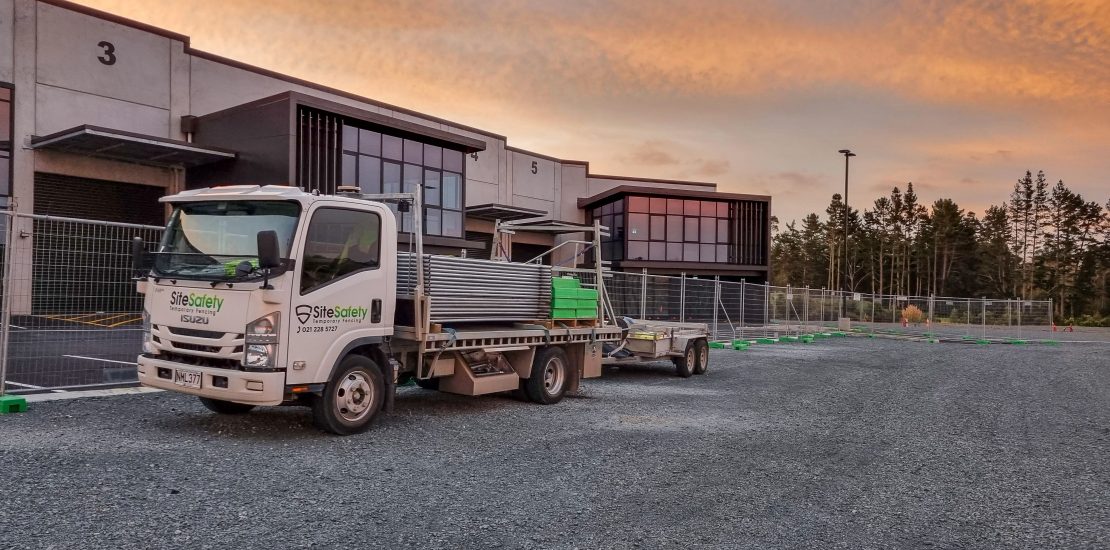- October 10, 2023
- Posted by: Grant
- Category: Uncategorised

When it comes to construction and renovation projects, ensuring safety, security, and organization is paramount. One often overlooked but essential element in achieving these goals is temporary fencing. Temporary fencing is a versatile tool that serves various purposes on a job site. In this blog, we will explore why temporary fencing is used on a job and its significance in ensuring a successful and safe project.
- Safety First
The safety of workers, visitors, and pedestrians is a top priority on any job site. Temporary fencing provides a physical barrier that helps prevent unauthorized access to potentially hazardous areas. It keeps bystanders at a safe distance, reducing the risk of accidents, injuries, and potential lawsuits. By clearly defining the work area and keeping it separate from the public, temporary fencing promotes a safer work environment.
- Theft and Vandalism Prevention
Construction sites are prime targets for theft and vandalism. Expensive equipment, tools, and materials left unsecured can easily disappear or be damaged. Temporary fencing acts as a deterrent, making it more challenging for unauthorized individuals to enter the site and steal valuable assets. Additionally, it provides a level of security that can reduce insurance premiums and project costs.
- Legal and Regulatory Compliance
Many local building codes and regulations require the use of temporary fencing on construction sites. Failing to comply with these requirements can result in fines and delays in the project timeline. By installing temporary fencing from the outset, contractors can avoid legal complications and ensure they meet all regulatory requirements.
- Boundary Definition
Temporary fencing serves as a clear visual indicator of the project’s boundaries. This is particularly important on large job sites or those in densely populated areas where defining property lines is crucial. It helps prevent disputes with neighboring properties and ensures the construction work remains within the permitted area.
- Noise and Dust Control
Construction sites can be noisy and dusty, creating disturbances for nearby residents and businesses. Temporary fencing can help mitigate these issues by providing a barrier that partially shields noise and dust from spreading beyond the site. This can lead to improved relationships with the community and reduce potential complaints.
- Site Organization
Temporary fencing also aids in the organization of the job site. It can be used to create designated areas for specific tasks, such as storage, equipment staging, and worker break areas. This organization streamlines the workflow, making the project more efficient and reducing downtime.
- Environmental Protection
In environmentally sensitive areas, temporary fencing can be used to protect natural habitats and prevent construction-related damage. By restricting access to specific areas and implementing erosion control measures, contractors can minimize their environmental footprint and meet sustainability goals.
Temporary fencing is an essential component of any construction or renovation project. Its multifaceted role in ensuring safety, security, compliance, and organization cannot be overstated. By investing in quality temporary fencing, contractors can safeguard their projects, workers, and the surrounding community while contributing to the overall success of the job. Temporary fencing is not just a practical necessity; it’s a fundamental tool for achieving construction excellence.
